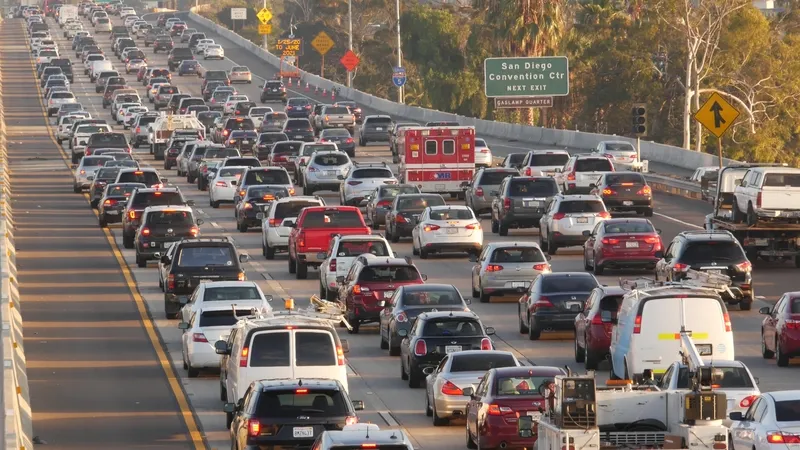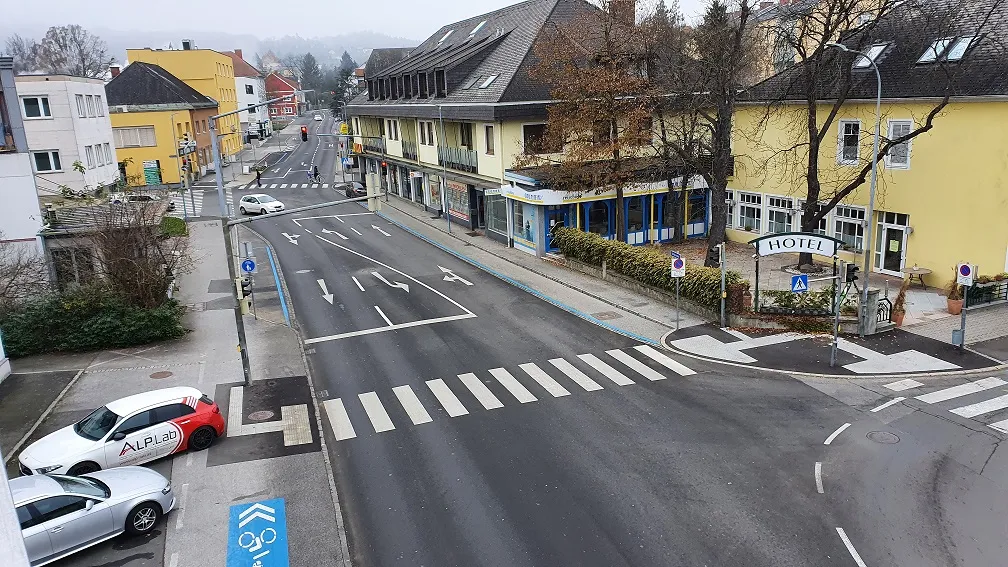
NoTraffic is getting together with Swarco McCain to produce traffic management solutions for agencies on the US West Coast.
Cities, counties and departments of transportation will be able to deploy NoTraffic's AI mobility platform as a standalone solution or integrate it with Swarco McCain’s advanced traffic signal management products.
The offering is to bring together AI, edge computing, and built-in communications such as cellular and Vehicle to Everything (V2X) into a unified hardware solution, "transforming signalised intersections into intelligent, cloud-connected hubs that optimise urban mobility in real-time".
The companies say any intersection can be retrofitted in two hours, with the new partnership "poised to deliver a future-proof, scalable solution for the US West Coast that will optimise traffic flow, reduce congestion, enhance safety and lower carbon emissions".
"Leveraging Swarco McCain's extensive market reach, the collaboration will accelerate the adoption of NoTraffic's platform,
Tal Kreisler, CEO and co-founder of NoTraffic, said it was "a leap forward in our mission to disrupt traffic management through AI and advanced technologies".
Jimi Meshulam, CEO of Swarco McCain, adds: “Together, we are creating scalable, future-ready solutions that will tackle the current challenges of urban environments and the future of mobility.”









